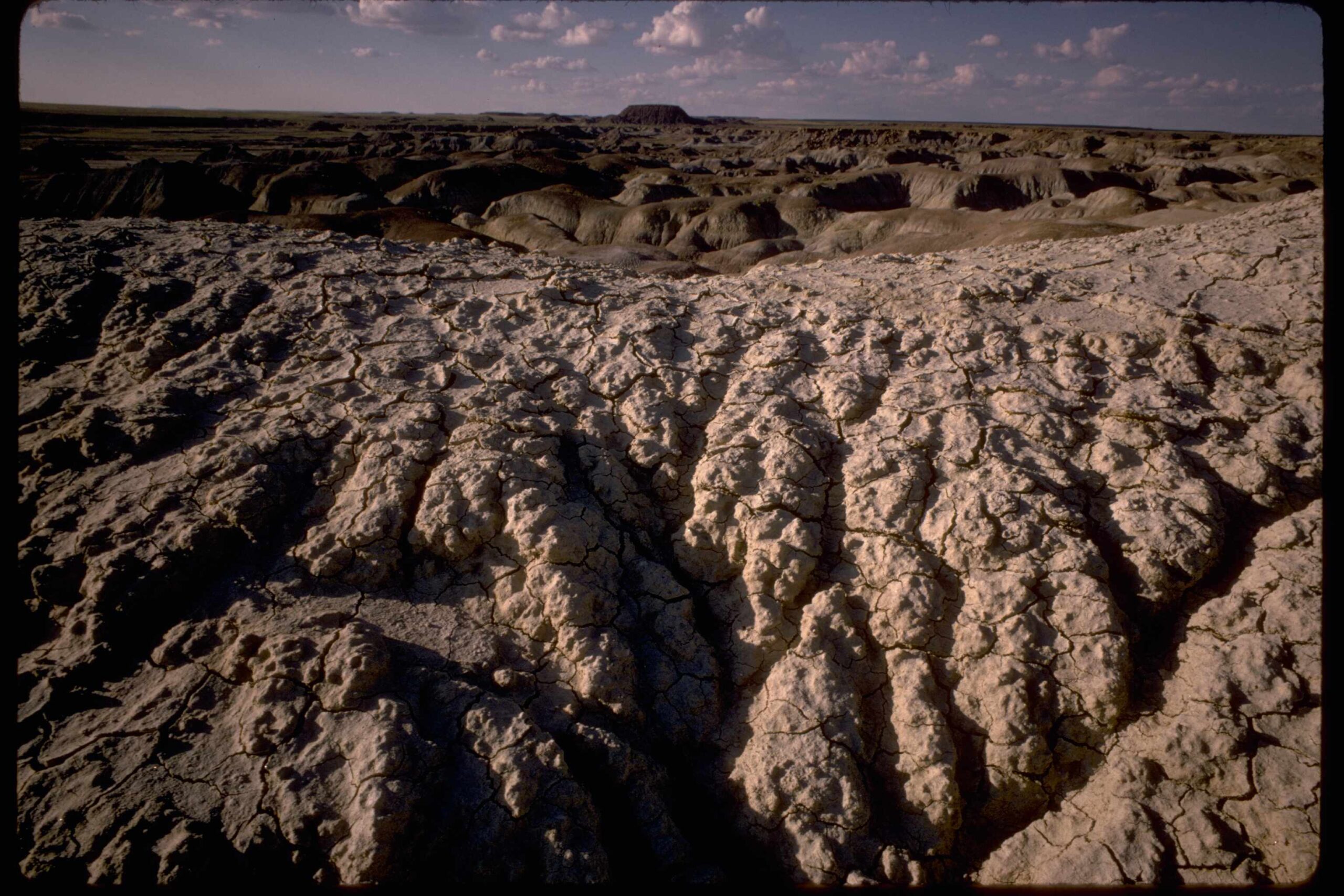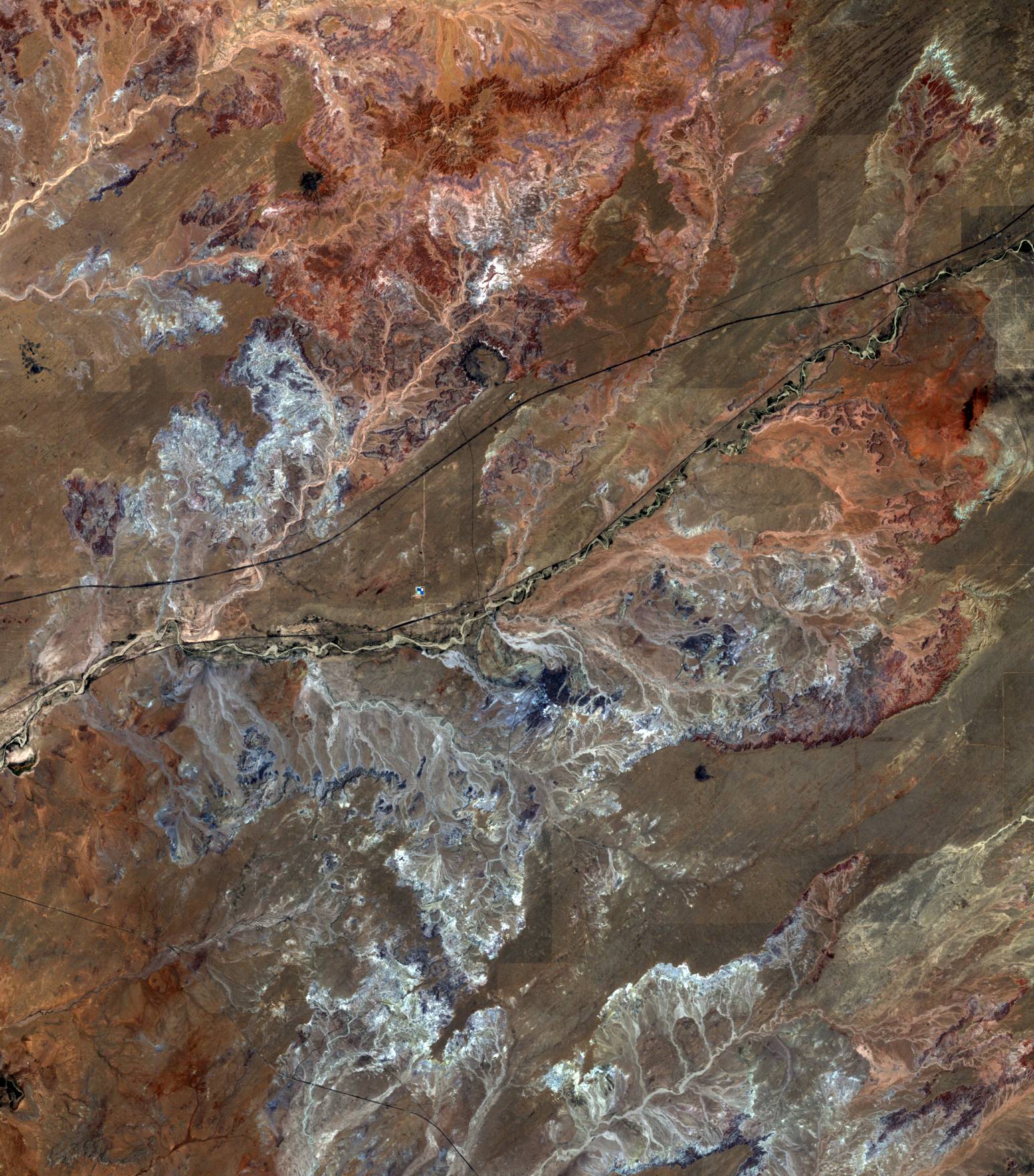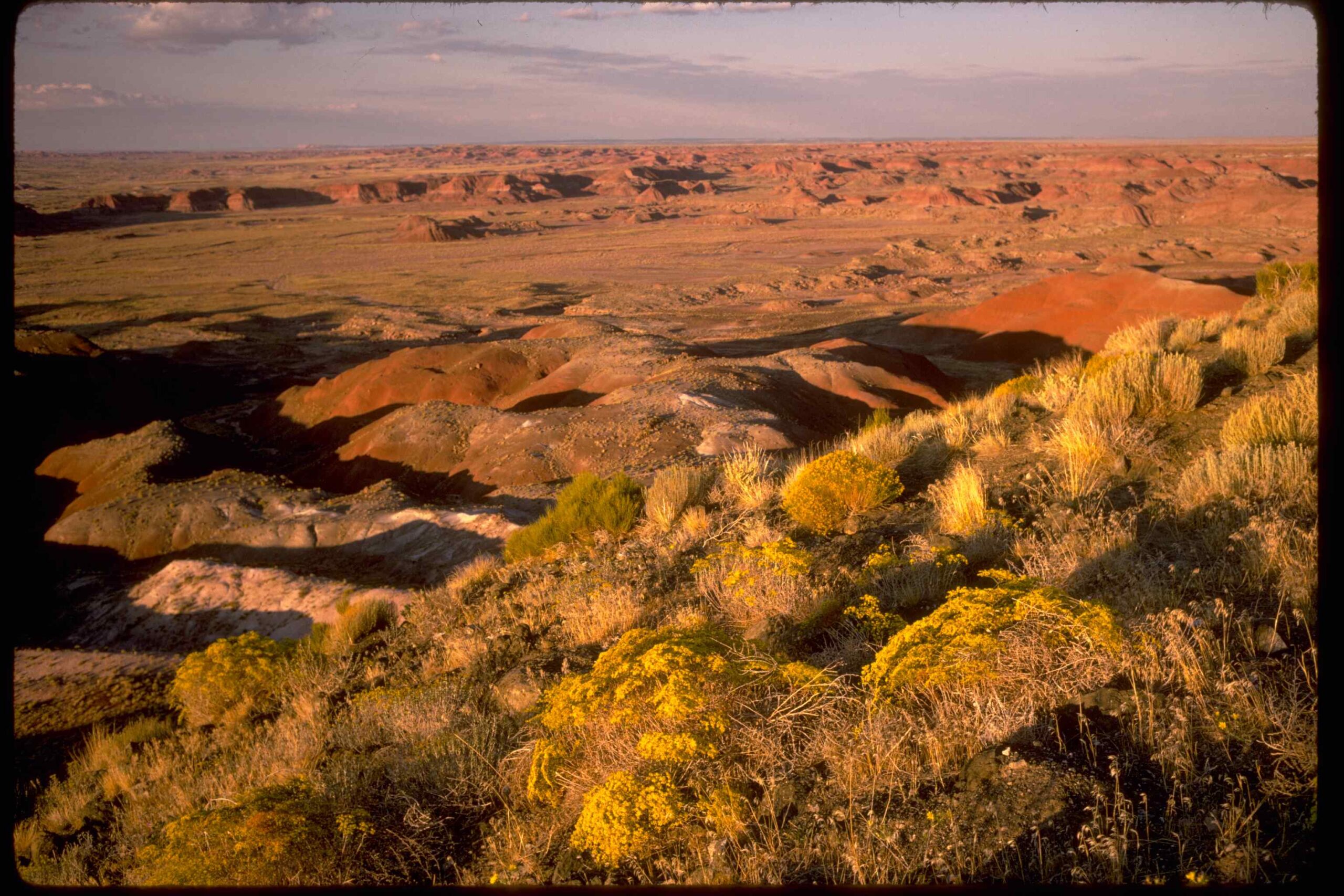Petrified Forest National Park is a geological wonder, boasting one of the world’s largest petrified forests. This unique landscape showcases vibrant quartz-transformed wood from the Late Triassic Epoch, approximately 225 million years ago. The park’s rich history spans 13,000 years of human activity, from prehistoric hunters to Ancestral Pueblo villages. With diverse wildlife, colorful badlands, and archaeological treasures, Petrified Forest National Park offers visitors a captivating glimpse into Earth’s distant past and the ongoing marvels of nature.
What Makes Petrified Forest National Park Geologically Unique?

Petrified Forest National Park stands out as a geological marvel, offering visitors a window into Earth’s ancient past. Here are some fascinating geological facts about the park:
-
Age of Petrification: The petrified wood found in the park dates back to the Late Triassic Epoch, approximately 225 million years ago.
-
Mineral Composition: The petrified wood is primarily composed of quartz, with various minerals contributing to its vibrant colors:
- Iron oxides: Reds, browns, and yellows
- Carbon: Black and gray hues
-
Manganese: Pink and orange tones
-
Colorful Landscapes: The park features several distinct areas known for their unique geological characteristics:
- Black Forest Bed
- Blue Mesa
- Jasper Forest
- Crystal Forest
-
Rainbow Forest
-
Painted Desert: This badlands region within the park showcases colorful, wind-eroded hills that create a stunning visual spectacle.
-
Elevation: The highest point in the park is Pilot Rock, reaching an elevation of 6,235 feet (1,900 meters).
How Has Human History Shaped the Park?

Petrified Forest National Park boasts a rich tapestry of human history spanning thousands of years. Let’s explore some key historical aspects:
Ancient Human Presence
- Time Span: Archaeological evidence suggests human activity in the area for over 13,000 years.
- Site Diversity: The park contains more than 600 archaeological sites, ranging from small camps to large villages.
Notable Historical Events
-
Camel Caravan Expeditions: Between 1857 and 1860, Edward F. Beale led expeditions using camels as pack animals, commissioned by the U.S. government to survey and build a wagon road along the 35th parallel.
-
National Monument Status: The area was first declared a national monument in 1906, recognizing its geological and archaeological significance.
-
National Park Designation: In 1962, the site was upgraded to national park status, further emphasizing its importance.
-
Route 66 Connection: The historic Route 66 passes through the park, adding to its cultural heritage.
Archaeological Treasures
| Period | Features |
|---|---|
| Ice Age | Camps left by prehistoric hunters |
| Ancestral Pueblo | Large villages and artifacts |
| More Recent | Various Native American and settler sites |
What Unique Wildlife Calls Petrified Forest National Park Home?
Petrified Forest National Park supports a diverse ecosystem adapted to its semi-desert shrub steppe and eroded badlands environment. Here’s a glimpse into the park’s wildlife:
Mammalian Residents
- Coyotes
- Bobcats
- Pronghorn antelope
- Various rabbit species
Reptilian Inhabitants
- Rattlesnakes
- Lizards (various species)
Avian Population
- Horned larks
- Rock wrens
- Phoebes
Wildlife Adaptations
-
Crepuscular Activity: Many animals in the park are active during dawn and dusk to avoid extreme daytime temperatures.
-
Desert Adaptations: Plants and animals show specific adaptations to the dry and windy climate, such as:
- Water conservation mechanisms
- Heat-resistant features
- Specialized foraging behaviors
How Has the Park Evolved Over Time?
Petrified Forest National Park has undergone significant changes since its establishment. Let’s explore its evolution:
Land Expansion
- Initial Area: When first established as a national monument in 1906, the park covered a smaller area.
- Current Size: As of recent expansions since 2005, the park now protects 346 square miles (896 square kilometers) of land.
Conservation Efforts
- Fossil Protection: Increased measures to prevent theft and damage to petrified wood and other fossils.
- Habitat Preservation: Ongoing efforts to maintain and restore native plant and animal habitats.
- Cultural Resource Management: Programs to study and preserve archaeological sites within the park.
Visitor Experience Enhancements
- Rainbow Forest Museum: Provides educational exhibits about the park’s geology and paleontology.
- Painted Desert Inn: A National Historic Landmark offering cultural and historical insights.
- Hiking Trails: Development of various trails to showcase different aspects of the park’s landscape and history.
What Are Some Lesser-Known Facts About Petrified Forest National Park?
-
Film Location: The park has been a popular setting for various films, showcasing its unique landscape to audiences worldwide.
-
Paleontological Discoveries: Ongoing research continues to uncover new fossil species within the park.
-
Night Sky Viewing: The park offers excellent opportunities for stargazing due to its low light pollution.
-
Plant Diversity: Despite its arid appearance, the park is home to over 400 species of plants.
-
Seasonal Changes: The park’s appearance can change dramatically with the seasons, offering visitors different experiences throughout the year.
Petrified Forest National Park stands as a testament to the Earth’s ancient history and the ongoing processes of nature. From its colorful petrified wood to its rich archaeological sites, the park offers visitors a unique blend of geological wonders and human history. As we continue to study and preserve this remarkable landscape, we gain deeper insights into our planet’s past and the importance of conservation for future generations.

